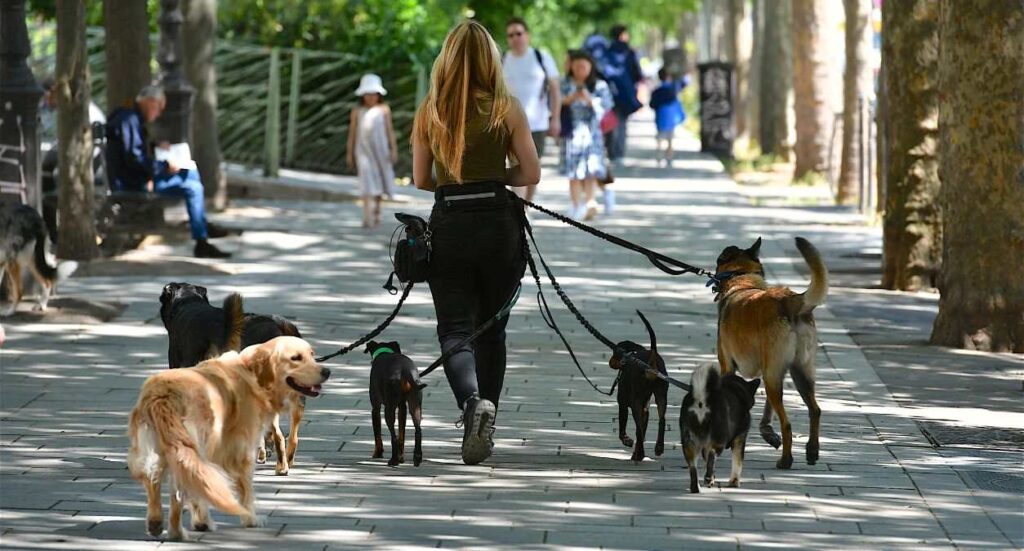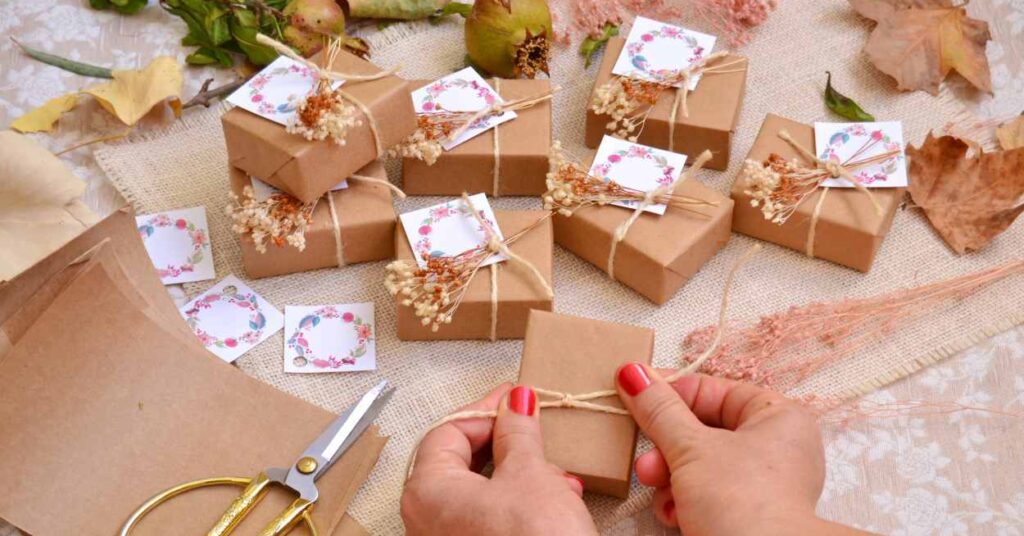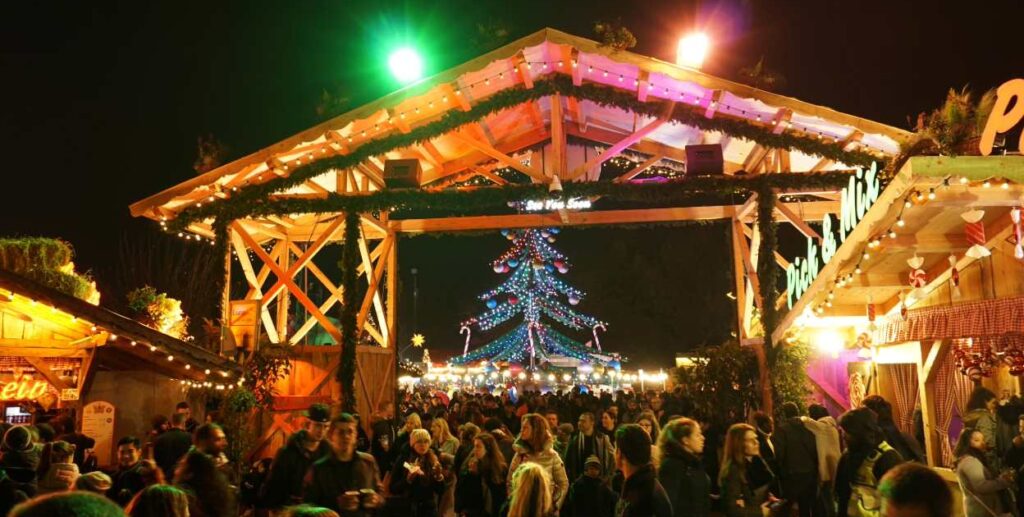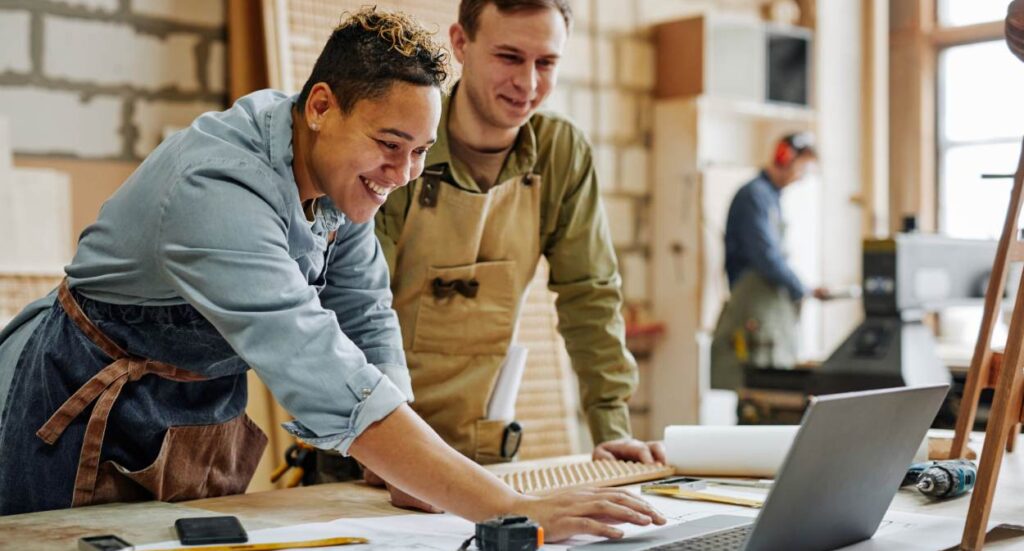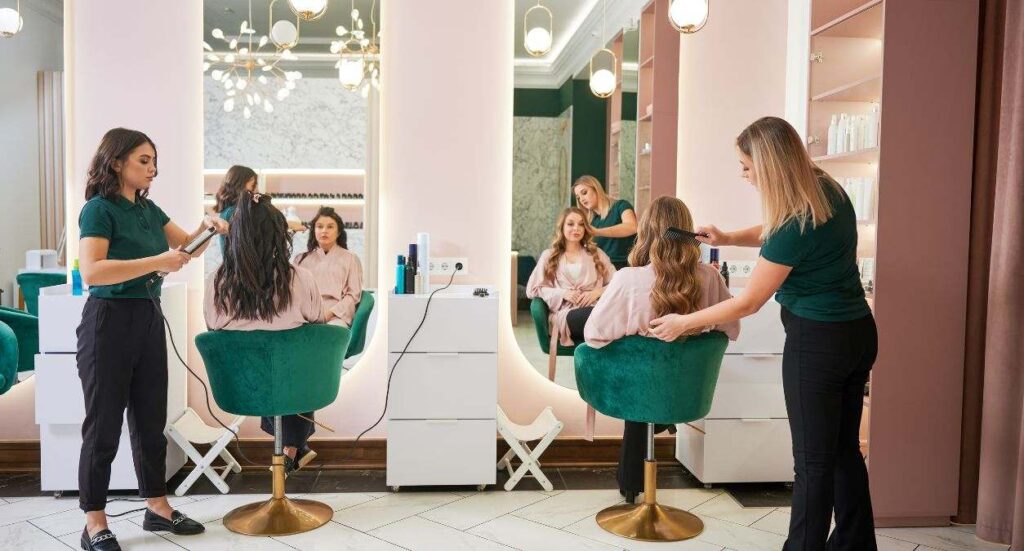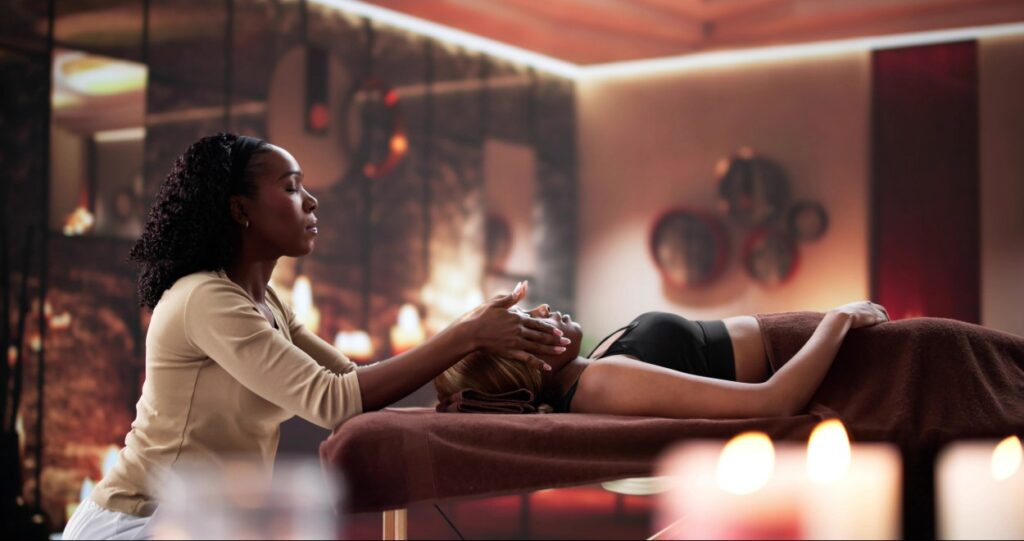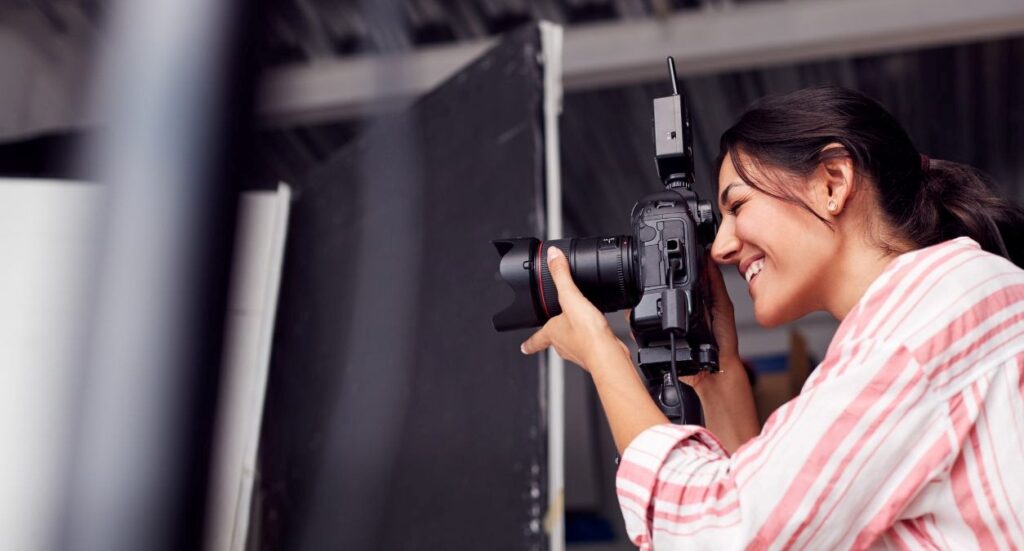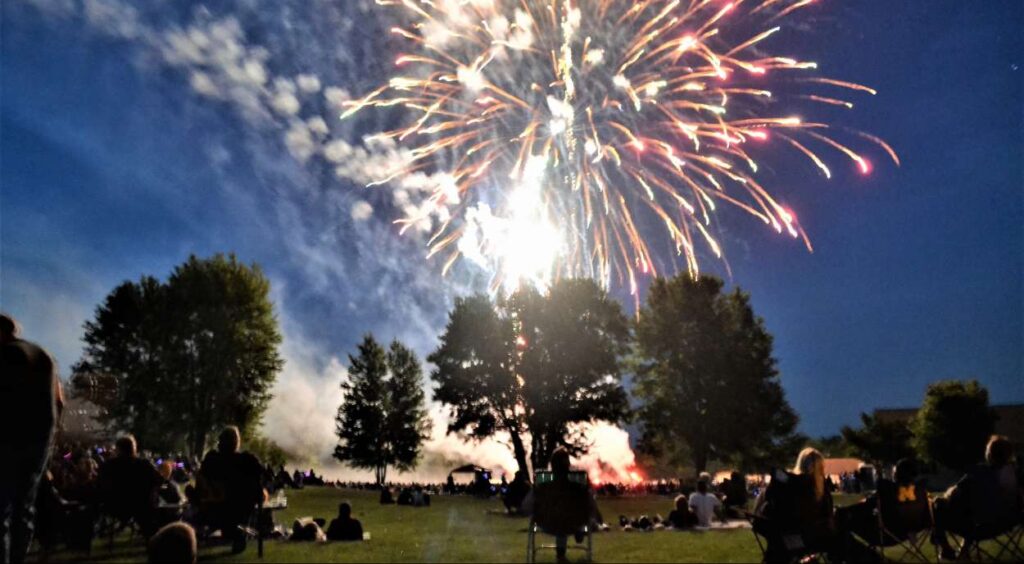Pop-up events have become one of the most exciting trends in the UK event and retail scene. From temporary shops to brand activations, these one-off experiences are a powerful way to connect with customers, test new products, and create buzz. In this guide, we’ll explore what pop-up events are, where they’re most popular, what’s involved in organising them, and the essential equipment you’ll need.
Whether you’re a small business looking to test the market or a brand seeking a unique marketing strategy, understanding how to hold a pop-up event is crucial.
What is a pop-up event?

A pop-up event is a temporary, short-term experience designed to engage customers in a creative and memorable way. Unlike traditional retail or long-term setups, pop-up events appear for a limited period, ranging from a few hours to several weeks.
Examples include:
- Pop-up shops selling exclusive products.
- Food and beverage stalls at festivals or shopping centres.
- Brand activations with interactive experiences.
- Exhibitions or art showcases.
The benefits of pop-up events are considerable. They allow businesses to:
- Increase brand exposure without the cost of permanent premises.
- Test new products or markets.
- Generate excitement and media coverage.
- Build direct customer engagement and loyalty.
By creating a sense of urgency and exclusivity, pop-up events can turn ordinary marketing into a memorable experience that resonates long after the event ends.
Popular locations for pop-up events in the UK
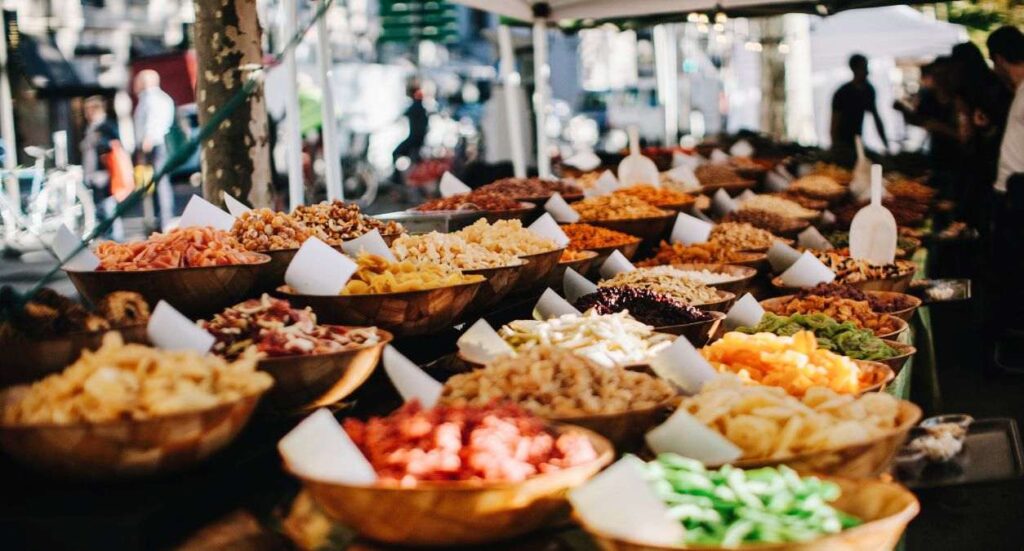
Location is one of the most important factors in the success of a pop-up event. The right setting can boost visibility, attract your target audience, and create the right atmosphere for your brand. Pop-ups are typically found in a variety of high-footfall spaces, each offering unique advantages:
- Shopping centres – With a steady flow of shoppers already in the mood to browse and buy, shopping centres are ideal for retail pop-ups looking to drive sales. Their central locations also make them highly accessible.
- High streets – As the traditional hub of shopping and social activity, high streets provide exposure to a wide demographic and help brands integrate into the local community.
- Department stores – Hosting a pop-up within an established store offers instant credibility and access to a loyal customer base, making them perfect for luxury or niche products.
- Universities and campuses – With a concentrated audience of young, trend-conscious consumers, campuses are great for tech, fashion, and food pop-ups targeting Gen Z.
- Sports grounds and arenas – These venues attract passionate crowds and are ideal for brand activations tied to events, merchandise, or fan experiences.
- Markets and cultural districts – Often associated with creativity and discovery, these areas work well for artisan products, food brands, and experiential concepts.
Choosing the right type of location ensures your pop-up aligns with customer expectations, maximises footfall, and strengthens brand perception.
How to hold a pop-up event

Planning a pop-up event involves careful preparation, from budgeting to marketing. Here’s a step-by-step guide:
Step 1: Define your objectives
Start by understanding why you are holding the pop-up event. Objectives may include:
- Boosting brand awareness
- Launching a new product
- Testing a market in a new city
- Generating direct sales
Step 2: Budget and permits
Budgeting is critical to a successful pop-up. Consider:
- Venue rental costs
- Equipment and decor
- Staffing and logistics
- Marketing and promotion
For detailed guidance on planning your costs, see our guide on Budgeting and event organising costs.
If your pop-up involves selling alcohol or food, you may also need a Temporary Events Notice. Learn more about the requirements here: Temporary Events Notice.
Step 3: Choose the Right Location
Consider foot traffic, accessibility, and your target audience. For example, a high-end brand may perform better in an affluent urban area, while a casual pop-up food stall might thrive in a busy market or festival.
Step 4: Design your pop-up stand
Your pop-up stand is the centrepiece of your event. Ensure it reflects your brand identity, is easy to navigate, and creates an engaging experience for visitors. Key elements include:
- Signage and banner
- Product displays and shelving
- Interactive areas or photo opportunities
Step 5: Staffing and logistics
Having the right staff is vital. Friendly, knowledgeable team members enhance the customer experience and encourage sales. Logistics considerations include:
- Deliveries and storage.
- Power and lighting.
- Health and safety compliance.
Step 6: Marketing and promotion
A well-promoted pop-up event drives traffic and builds excitement. Use a mix of online and offline marketing strategies:
- Social media campaigns
- Event platforms like Eventbrite
- Email newsletters and influencer partnerships
- Flyers and posters in local areas
Equipment for pop-up events

Having the right equipment ensures your pop-up event runs smoothly and leaves a lasting impression. Essential items include:
- Pop-up tents or booths – quick to assemble and provide shelter
- Display tables and shelving – showcase products effectively
- Signage and banners – communicate your brand and promotions
- Portable lighting – enhances visibility, especially for indoor or evening events
- Card readers or mobile payment systems – essential for smooth transactions
- Seating or lounge areas – encourage visitors to stay longer
Optional equipment can include: AV setups, portable heating or cooling units, and branded merchandise or giveaways.
Marketing your pop-up event
Marketing is crucial to a successful pop-up event. A strong campaign drives awareness, builds anticipation, and encourages attendance. Consider these strategies:
Online marketing
- Social media campaigns across Instagram, Facebook, and TikTok.
- Event listings on platforms like Eventbrite or Meetup.
- Influencer collaborations to tap into established audiences.
Offline marketing
- Flyers and posters in nearby high-traffic areas.
- Partnerships with local businesses to cross-promote.
- Word-of-mouth campaigns via loyal customers.
Creating FOMO (fear of missing out)
- Limited-time offers, exclusive product launches, or interactive experiences make your event feel special and urgent, increasing attendance and engagement.
Tips for a successful pop-up event
To maximise your event’s impact:
- Create memorable experiences – incorporate interactive or unique elements that visitors will talk about.
- Track performance – monitor sales, social media engagement, and foot traffic to understand what works.
- Be flexible – adapt quickly to customer feedback or unexpected challenges.
- Focus on branding – consistent visuals and messaging strengthen your brand identity.
Even small adjustments can dramatically improve visitor experience and overall success.
To round up…
Pop-up events are a dynamic and cost-effective way to connect with your audience, showcase products, and build brand awareness. By understanding what a pop-up event is, choosing the right location, planning logistics carefully, using the appropriate equipment, and promoting it effectively, you can create a memorable experience that leaves a lasting impression.
For further guidance on organising and budgeting your temporary events, check out our resources on Budgeting Event Organising Costs and Temporary Events Notices.
With careful planning and creativity, your next pop-up event can be a standout success in the competitive UK market.
Get Event Insurance from Protectivity
*Disclaimer – This blog has been created as general information and should not be taken as advice. Make sure you have the correct level of insurance for your requirements and always review policy documentation. Information is factually accurate at the time of publishing but may have become out of date.
Last updated by






